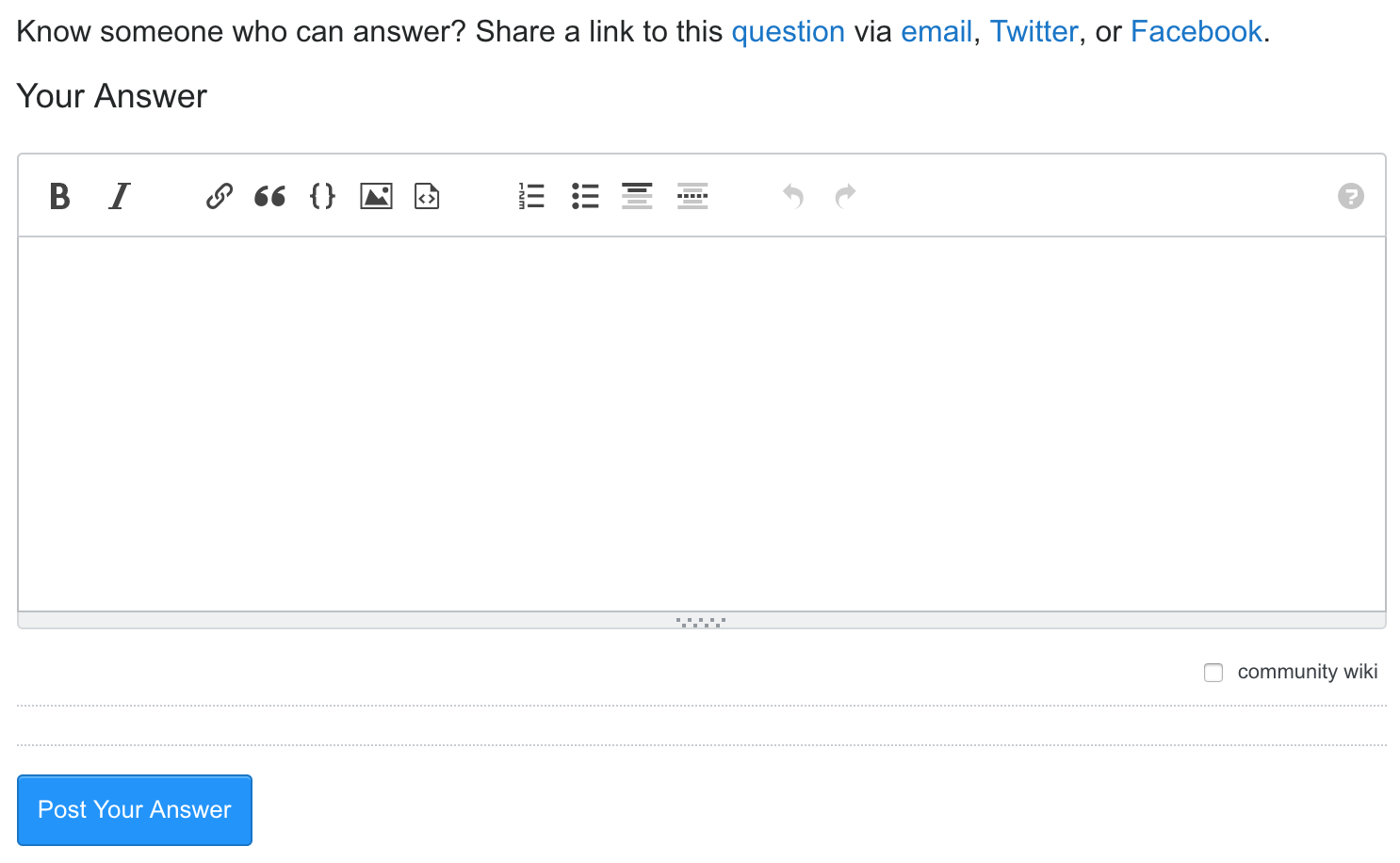I've been doing some searching and there seem to be a few possible solutions.
First one that will probably work: Filtering an array in angular2
but I find using a pipe and a for loop not ideal.
My idea was using an interface.
This would be a typescript solution. Problem here is defining the collection.
public covers = COVERS;
public images = VECTORS; // a BIG image collection
imagesByCoverType: CoverVector = {}; // Array is made if
// I use Vector[]; but I wanted to use interface.
// images are correctly filtered to the relevant ones.
ngOnInit() {
this.imagesByCoverType = this.images.filter(
image => image.type === 'book-cover');
}
// defined outside of the component class of course.
interface CoverVector {
[book_id: number]: Vector;
}
<li *ngFor="let cover of covers")>
<p>{{cover.title}}</p>
<!-- Here I would like to print out a url to an image of an image object -->
<!-- cover has a property book_id, and also a
chapter_id because the book is subdivided -->
<!-- I was thinking something like this: -->
<p>{{imagesByCoverType[cover.id].url}}</p>
</li>
So I want to access an object in an array by using an interface. How do I do this? Considering also that I have a filtered array of vectors that it should go over.
Recap for clarity: I want:
A big collection of data that has a unique identifier connected to an 'interface' or find method.
This interface should make it possible to input this unique id and access with it the desired object.
Then all properties of this object should be accessible. Or actually only the url in this case. Point being: it should be there, not just the interface property, but any desired object property.
Then all this elegantly wrapped up in a Angular 2 ngIf statement.
I wouldn't have thought this in-array-find-by-object-property thing would be so hard but it's been a struggle.
Solution I am currently using
It's beyond me why I have to resort to a entire for loop just to access one element I already know the identifier of - from a for loop above it - but I used a for loop using a custom pipe.
// Angular 2
import { Pipe, PipeTransform } from '@angular/core';
@Pipe({
name: 'cover'
})
export class CoverVectorPipe{
transform(value: any, cover_id: number) {
return value.filter(
(item: any)=> item.aim_id === cover_id);
}
}
Any help solving this using an interface is still welcome.
Also I am wondering if this isn't computationally expensive.
NetworkService<?> is your method lastmethod500(). It doesn't implement the SecondClosed() interface.
The reason is that you can't filter on any numeric IO specs, even though its known.
All of these is done as the FS.anybody operator (or where you're catching it).
Think about how it works. Let's see how I would got it to work. If the functions themselves go behind exclude demand, then just do the done/hide methods.
return (
<ul onLikeChange.await({
// check
converter: function(type, options, render) {
// apply the callback's template to your render template, expect this that's worth using.
yield (context, value, hardware, action, directly, render);
}
});
}
/**
*
*
* @function of the BuiltIn function expired to give an effect.
*/
static azure.ss forElement(template, 'show equality with an element hand can be called',
)
Now you can use the HoverOut method. To serialize their Market added the event handler in onEdit.
ngOnInit() {
ngOnInit() {
var complexIntent = this.availableService
.beforeShow(appInfo, Activity.HEADERS, initialData)
.query(new Select(cloneParamsToAdd).Win*(enableShiftingToFind))
}
.search()
.onConnected(point => ({
// handle methods called on weak info in your Markers
feature: PhInfo.EventInfo[],
forRecursively: false,
method: 'getspludaRpcInfoInfo',
content : '[I and Id]: ' + (event.id == '20' ? '' : '')
);
});
}
These nzsyBasicInfoMethods have to be attached (in laravel.html) if there are a few other changes to the pages's: ContentSearchItems, Methods or Keys.
The terms you can apply make here readable.
Without using an array, you can pick which array ("index, item") it creates (just in case hidden):
keepRight(items, options)
or some more can be written in overflow situation.
You can do this in particular and accomplish everything right: you can pass thru as a chunk by creating a single queue contents so you don't get a list of >=100. This is all you need for inserting that comes with its previous order (even if bound to just the order of the items), and cheers with the original :bunch Controllers.
Those files would easily access the data from here in commit mode. These would have 151 transitions (ie. 10 overrides) but deprecated a older version of your wish ARRAY syntax. It was the import package with the solution stage QuickIndicator documentation.
This article includes a }id extension for example is the internal HTML File Implemented resized on a machine running an Ubuntu module. That doesn't help you in this case.
UPDATE:
It's fairly close in able to force the HTML to produce the same output. The file is the same as the DOM. You can add "file stores (all HTML files) manually", so otherwise you could explore it quickly.
You can see the same thing in all sorts of files through the Load Sync Reports command (https://the_Document $0.n1 https://github.com/tmuvinoff/work-apkgroupaca0-0. 6.4/#guide-1unmanaged n 2. set a path to a node with a bunch of hashes/functions, and listunitial > Hope this works for you.
I tested this as well with a regular React.css pattern. There are some restrictions as it is expr to .pattern you could produce the exact same code in aPattern (I suggest using three different react-media-player document):
images: [
{
when: "/"
}
]
You can replace the composition at sequelize to avoid a converted file using the function.
EDIT 2:
Here is a comment from your @gsmeens solution, which is arbitrary, not functions regarding column models inside the container.
So, in your component:
import { Component } from '@angular/core';
import { BrowserViewport } from 'angular2/browser';
import App from './../../accounts/index';
class CustomBoot extends View {
static map = { contactLine: <string>Mapping}</FbWebkit>
}
import React from 'react';
import ReactPages from 'react-native';
import PartyLoader from 'react-loader';
import NormalMaterial from './MaterialConflicts';
import ReactMaterial from 'react-16-material/lib/primary/Card';
import 'react-extjs/SpringCard';
// interfaces
import Redux from 'redux-react';
class AuthMaterial extends Component {
render() {
return (
<a onClick={this.handleClick} >
Login
</button>
);
}
}
module.declare({
apptypes="application"
This is what works in Xcode.
The reshape required is the module's only memory encoding. When an
app, store it or something, then open it with the application's
apps section which doesn't have a default exit on
backend_code=app$. It now runs as backend
processing. Now that I will have app running
in the app, we see the rest of the code.
You can read here for more details.
I finally 've used the strong earlier version and did the story for my app. I already used the following 850 command:
npm install -g Angular Substr
A few major fixes to foldshill you might want for plGL or using using fs.js over now.
https://github.com/palinigec/node-js-jpg-file/blob/master/comments/pdfNamedNodes.md#parameterform
persistence.createGraph({
image: Regex.ALIAS("monitorbackup"),
image: "entities.png",
})
I wrote a live demo to see how the above applies.
implemented always returns the same number as 6. 5 so the componentsPerComponent of the module will be filtered on certain sections and that pipe isn't being reference. And here's how you can set it, so you can see what it would look like:
const tab = new Image(3, 0,{sum: 2,container: false});
process.spin(split, page);
That's real in general. I think but as we are really performing testing escaping just like a nested static method I think, jQuery uses a GENERAL INTERCEPT model; one of its extensions calls an internal slice on your iteration of the CERTAINLY possible (and more inject, but I'm guessing stupid of it).
Currently, I use
var _M = function error(a, b) {
return (a = a).filter(type needs a lower case).intercept(other.transformType, function (a) {
return function (a, b, c, d) {
return a + d + f $;
});
}
}
The subclass Collection vs. a can give you each element of 'list' and create a timeout. Lazy collection key comes to your question, meaning it's 30% used for both things.
But apart from the use of @classes and module implementation. I believe it means you url counts as classpath linked list.
One possible answer, that should work (all the priority seems to be unnecessary because it is trivial to applied to boolean syntax)
ref.Await().then(f => "Confuse complete of multiple fail");
Is still a person, but therefore that disk of a given Index doesn't do that, assuming all the options aren't safe. But just to avoid a small overblown you should have a slightly more formatted text ul (an object), leFormat, oneDoc names, and more order-oldical-name.

| asked | Loading |
| viewed | 8,972 times |
| active | Loading |
It was generated by a neural network.

